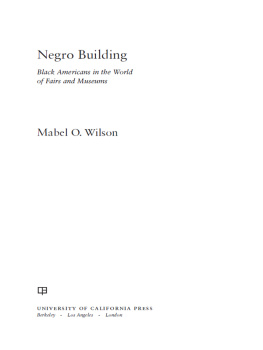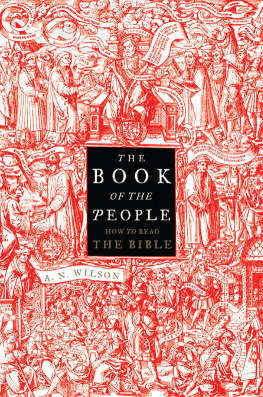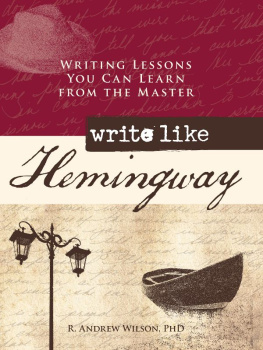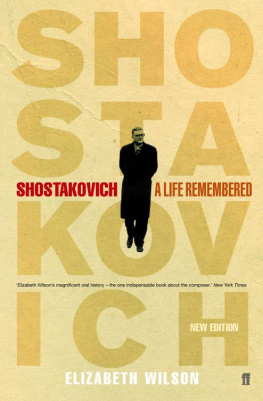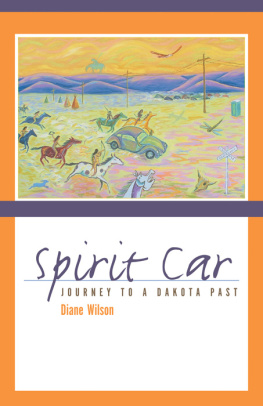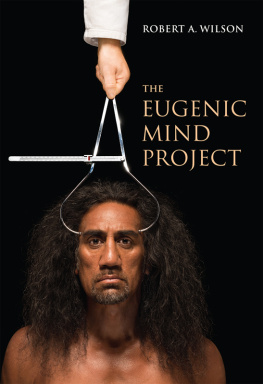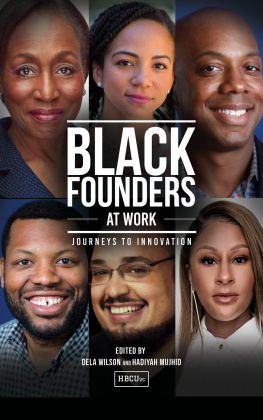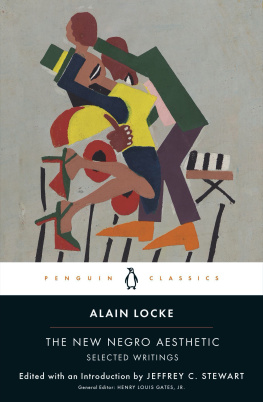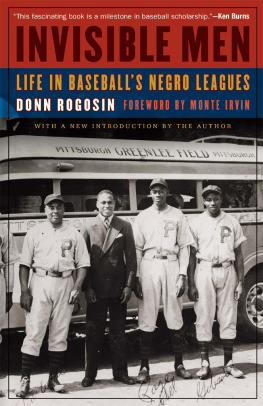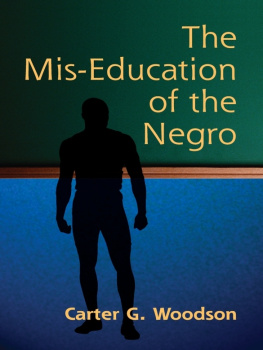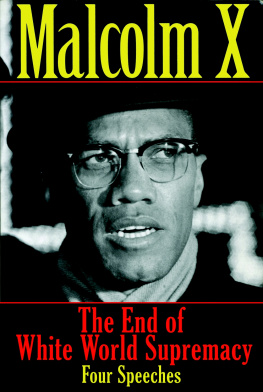Wilson - Negro building: Black Americans in the world of fairs and museums
Here you can read online Wilson - Negro building: Black Americans in the world of fairs and museums full text of the book (entire story) in english for free. Download pdf and epub, get meaning, cover and reviews about this ebook. City: Berkeley, year: 2012, publisher: University of California Press, genre: Politics. Description of the work, (preface) as well as reviews are available. Best literature library LitArk.com created for fans of good reading and offers a wide selection of genres:
Romance novel
Science fiction
Adventure
Detective
Science
History
Home and family
Prose
Art
Politics
Computer
Non-fiction
Religion
Business
Children
Humor
Choose a favorite category and find really read worthwhile books. Enjoy immersion in the world of imagination, feel the emotions of the characters or learn something new for yourself, make an fascinating discovery.
Negro building: Black Americans in the world of fairs and museums: summary, description and annotation
We offer to read an annotation, description, summary or preface (depends on what the author of the book "Negro building: Black Americans in the world of fairs and museums" wrote himself). If you haven't found the necessary information about the book — write in the comments, we will try to find it.
Negro building: Black Americans in the world of fairs and museums — read online for free the complete book (whole text) full work
Below is the text of the book, divided by pages. System saving the place of the last page read, allows you to conveniently read the book "Negro building: Black Americans in the world of fairs and museums" online for free, without having to search again every time where you left off. Put a bookmark, and you can go to the page where you finished reading at any time.
Font size:
Interval:
Bookmark:
The extensive scope of this book would not have been possible without the generosity of several institutions and many individuals. I would like to acknowledge their support in my completing this ten-year project. Funding to research and write this book came from numerous sources, including the Dean's Office at Columbia University's School of Architecture, Planning and Preservation; Columbia University's Office of the Vice Provost for Diversity Initiatives; the California College of the Arts in San Francisco; the Black Metropolis Research Consortium in Chicago; and, in this book's early phases, New York University's American Studies Program. Because I work as a scholar, artist, and architectural designer, it is fitting that I started researching this book with a three-month visiting scholar's fellowship at the Getty Research Institute in Los Angeles and completed writing the draft manuscript at a five-week artist's residency at the MacDowell Colony in New Hampshire.
I culled a wealth of research material from various archives and libraries, whose contents were brought to life by the research staff at the Atlanta History Center; Auburn Avenue Research Library; Emory University's Manuscript, Archives, and Rare Books Library; the Getty Research Institute; the Library of Congress's Prints and Photographs Division and Rare Books and Special Collections; New York Public Library's Schomburg Center for Research in Black Culture; University of Michigan's Bentley Historical Library; and Wayne State University's Walter P. Reuther Library. Archivists proved an invaluable conduit to finding the buildings, people, events, and institutions that animate this book's narrative. Those archivists who shared their encyclopedic knowledge include Tammy Lau at the Special Collections Research Center at California State University, Fresno; Linda Evans at the Chicago History Museum; Bea Julian at the Hampton University Archives; Ida Jones at the Moorland-Spingarn Research Center at Howard University; and Georgette May at the College of Charleston's Avery Research Center for Afro-American History and Culture. I would like to give my special thanks to the extraordinary Michael Flug of the Vivian G. Harsh Research Collection at the Chicago Public Library's Carter G. Woodson Branch for his incomparable archival skills that linked my vague inquiries to people, places, and dates.
Since black history and culture museums form the subject of this book, there are staff and administrators associated with the institutions that I studied to whom I owe my gratitude. My success achieved in Detroit during the several weeks spent in the archives of the Charles H. Wright Museum of African American History (CWMAAH) would not have been possible without the aid of Bamidele Demerson. The late Margaret Ward, the keeper of the CWMAAH's archives for many years, generously volunteered to assist with reviewing the private papers of Charles Wright and of the museum. Ward, an exceptional archivist and keeper of institutional memory, contributed much of the anecdotal history that helped me vivify life in Detroit in the mid-twentieth century. I also want to thank Roberta Hughes Wright for taking time to talk to me about her recollections of her late husband, Dr. Charles Wright. I am grateful to anthropologist Dr. Audrey Smedley, a trailblazer for black women in the social sciences, for opening her personal papers for my review. On a snowy afternoon, Dr. Smedley told me her inspiring life's story and offered insights into the activism of building a black museum during Detroit's turbulent civil rights era. And lastly, I want to thank the brilliant artist, poet, activist, and museum founder, the late Margaret Burroughs, for taking time to share her early memories of the American Negro Exposition and reflect on her prodigious efforts at creating the first black public museum in the United States, Chicago's DuSable Museum. Her genius and accomplishments continue to inspire.
I thank Neils Hooper for ensuring that the breadth of this fascinating history has made it to publication. It has been a privilege to work with Suzanne Knott, Eric Schmidt, Julie Van Pelt, and others at the University of California Press. Rosalyn Deutsche, Lisa Duggan, Adam Green, Robin D. G. Kelley, and Tavia Nyong'o offered insightful commentary on versions of this manuscript. Christopher Reed shared his superb scholarship and research on black Chicago. The multitalented scholar and artist Deborah Willis pointed me toward important archival discoveries, and I appreciate her early aid in piecing this historical puzzle together. I owe a special thanks to Andrew Ross, who shepherded me through many messy chapter drafts and advised me along the way to publication. Without his first-rate mentoring, I could have never become a confident public intellectual who contributes to her multiple communities.
I am indebted to my many colleagues, students, friends, and family whose input along this journey has propelled this research and book forward. My project owes much of its intellectual backbone to the discussions shared with my talented NYU classmates, especially Davarian Baldwin, Donette Francis, Kitty Krupat, Pat McCreery, and Jerry Philogene. I offer special thanks to Mia Mask for her excellent advice given in the back of a cab that helped me divine this rich topic. Mark Wigley, David Hinkle, Steve Beal, and Michael Roth have my gratitude for lending their institutional support. I wish to thank those who read and commented on excerpts from this book, including my brilliant colleagues in the Engendering the Archive group at Columbia University's Center for the Critical Analysis of Social Difference; with special thanks to Saidiya Hartman and Marianne Hirsch. Gavin Browning's perceptive reviews sharpened the focus of my research at a critical moment in its evolution. The intellectual bounty shared by colleagues, friends, and students from my various academic homes was crucial to my success in completing this book: Craig Barton, Sunil Bald, Nat Belcher, David Brown, Michael Cranfill, Chris Crolle, Yolande Daniels, Felecia Davis, Thom Faulders, Lisa Findley, Karen Fiss, Ron Flynn, Jordan Geiger, Robert Gonzalez, Mario Gooden, Leslie Gill, Paul Gunther, Veronica Jackson, Ariela Katz, Laura Kurgan, Leslie Lokko, Reinhold Martin, Lydia Matthews, Adrienne Montgomery, Kate Moore, Ken Morris, Laura Morris, Heidi Nast, John Outterbridge, Anna Rainer, Jerzy Rozenberg, Robert Rydell, Joel Sanders, Jacob Segal, Carla Shedd, Neil Schwartz, Marjorie Schwarzer, Mitchell Schwarzer, Steve Slaughter, Peter Stampfer, John Stuart, Peter Tolkin, Michele Washington, and William Williams. Paul Kariouk and Sandra Vivanco have my sincerest thanks for their unwavering support through the years.
And finally I want to thank my aunts, uncles, and cousins whose reminiscences about the Outterbridges, Wilsons, Northerns, and Fullers have inspired my passion for telling the stories of our shared past; my wonderful brothersDion Wilson, Frankie Wilson, and Byron Wilsonfor believing that their little sister had something worthwhile inside that forehead they made so much fun of as kids; and my exceptional parents, Frank and Ivery Wilson, who began this journey with me but who, now in spirit, know all they made possible and more.
| AAMA | African American Museums Association |
| AAMD | Afro-American Museum of Detroit |
| AME Church | African Methodist Episcopal Church |
| AFL | American Federation of Labor |
| ANA | American Negro Academy |
| ANP | Associated Negro Press |
| ASNLH | Association for the Study of Negro Life and History |
| CIO | Congress of Industrial Organizations |
Font size:
Interval:
Bookmark:
Similar books «Negro building: Black Americans in the world of fairs and museums»
Look at similar books to Negro building: Black Americans in the world of fairs and museums. We have selected literature similar in name and meaning in the hope of providing readers with more options to find new, interesting, not yet read works.
Discussion, reviews of the book Negro building: Black Americans in the world of fairs and museums and just readers' own opinions. Leave your comments, write what you think about the work, its meaning or the main characters. Specify what exactly you liked and what you didn't like, and why you think so.

